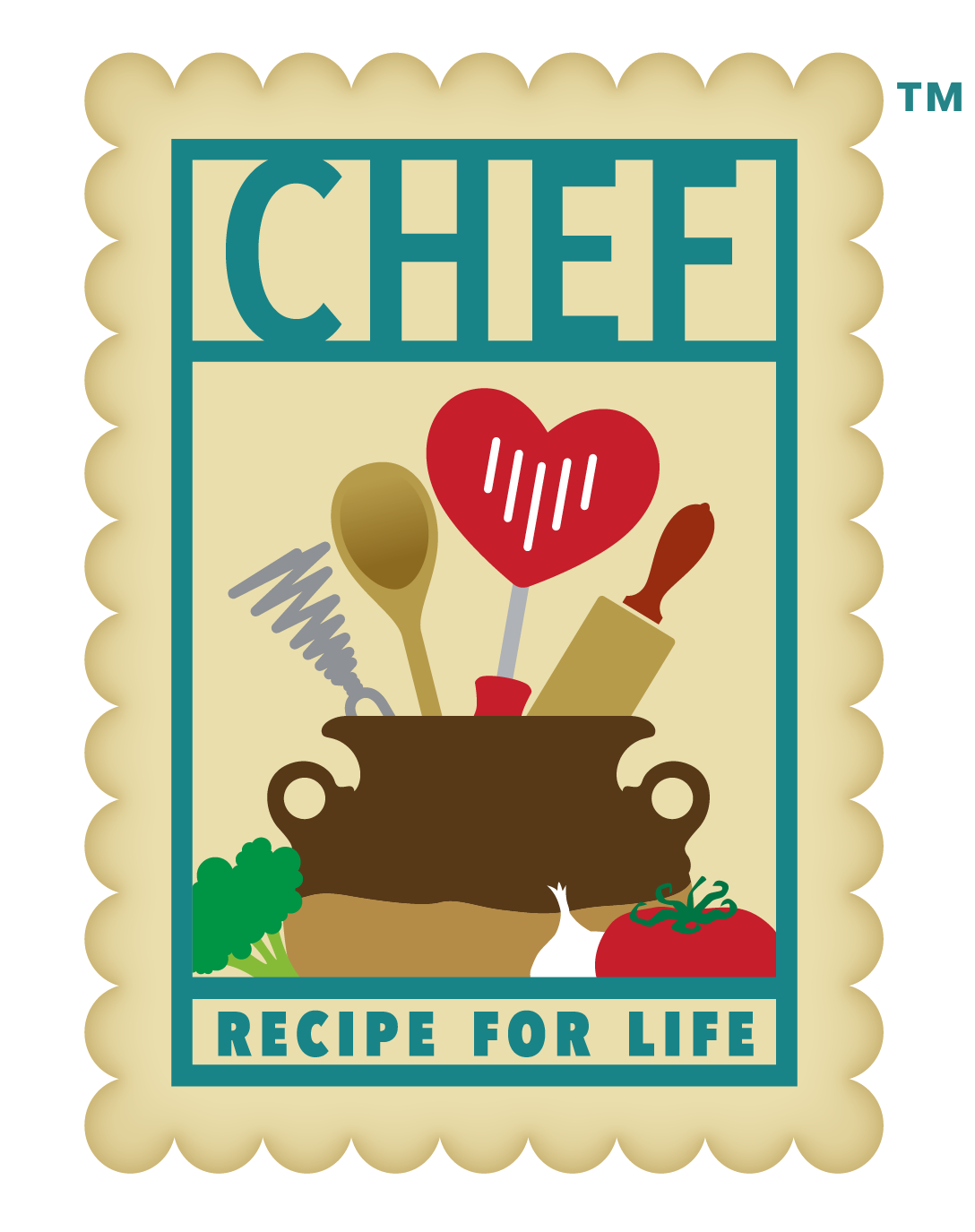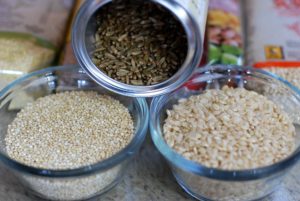Chef
The Mystery of Ancient Grains

by Tricia Lyles, Baptist Dietetic Intern
reviewed by Katy Bowen, MS, RDN, LD, Director of Community Outreach, CHEF
By now most people know what whole-grains are as they have been highly promoted and praised for their ability to reduce high cholesterol and prevent heart disease–think oatmeal, brown rice, and whole wheat bread. Ancient grains on the other hand are still mysterious foods with seemingly funny names to the general population. So, what exactly are these little grains sitting next to rice on the shelves at the grocery store? Well, ancient grains are also whole-grains originating from around the world. While they are not new comers to the world of nutrition, their popularity has rapidly grown in recent years.
Whole-grains contain three parts: the bran, the germ and the endosperm, whereas refined grains only contain the endosperm. The bran and germ contain fiber, vitamins, minerals, and antioxidants, which are essential to helping keep your body healthy. Ancient grains specifically are even more nutrient dense than modern whole-grains with higher amounts of protein and fiber. The higher protein and fiber content will keep you satiated and help stabilize blood glucose levels. Additionally, the fiber will help lower high cholesterol levels and improve overall digestion.
Below are some examples of ancient grains, packed full of nutrition that you can start incorporating into your daily diet. A great way to do so is by making a delicious grain bowl. Pick a whole grain, mix it with vegetables, a lean protein, seasonings or homemade dressings, and any extra toppings like fruit or nuts, and you will have an easy, delicious dinner for the entire family to enjoy!
- Quinoa contains all nine of the essential amino acids necessary to make a complete protein.
- Kamut or Khorasan, has a nutty flavor and contains several minerals including selenium and magnesium.
- Farro is packed full of rich, nutty flavor and contains a good amount of nutrients such as zinc and B vitamins.
- Millet is an ingredient in birdseed, however we can certainly eat it too! It is high in copper, manganese, phosphorus, and magnesium.
- Spelt may be the oldest grain in existence. It is known for its nutty flavor and chewy texture and is a great alternative to rice or pasta.
- Amaranth is an easy to cook, crunchy grain rich in Vitamin C, protein, calcium, and iron.
- Bulgur is also a quick cooking grain, high in manganese, fiber, and protein that can be added to any soups, salads, casseroles and even burgers.
Lastly, always be sure to read the ingredient label and make sure the first ingredient reads “whole wheat” or whole-grain of whichever product you are purchasing. For a tasty whole-grain bowl recipe, please check out the one via the link below!
References:
- https://foodandnutrition.org/blogs/stone-soup/ancient-grains-mean-health/
- http://www.todaysdietitian.com/newarchives/090114p46.shtml



